Compass – Young Learners Classic Readers (high quality PDF, audio)
5.00$ – 27.00$Price range: 5.00$ through 27.00$
Compass? – Young Learners Classic Readers (high quality PDF, audio)
NOTE: No Workbook
DEMO and list book: LINK
Description
Young Learners Classic Readers Compass (high quality PDF, audio)
DEMO: LINK
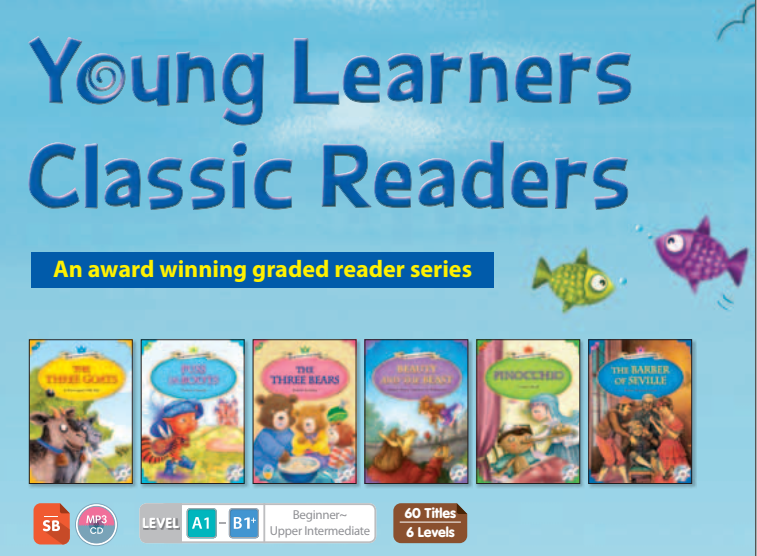
Writer
Various authors (Grimm Bros., Mark Twain, Andersen, Tolstoy, O. Henry)
Target: Elementary? ?| Level: A1- B1+ (Beginner ~ Upper Intermediate)
Purpose
Young Learners Classic Readers provide beginning English language learners enjoyable and easy reading practice of famous stories from around the world. Young English language learners will enjoy developing their vocabulary and reading fluency with the easy-to-read adaptations included in this varied collection of well-known tales for children.
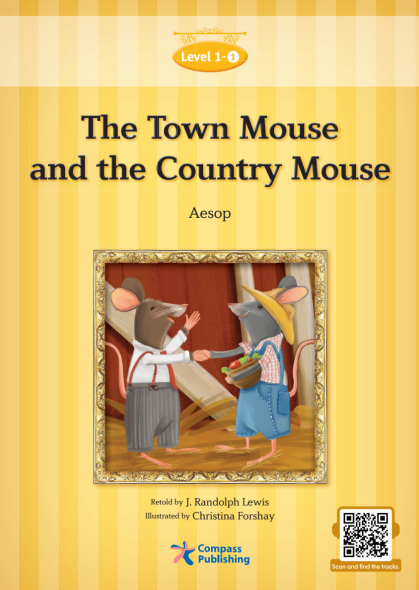
Features
* A short introduction
* A picture gallery of characters
* A story including full-color illustrations and highlighted dialog for easy recognition of spoken language
* A short playlet
* A picture dictionary
* Audio recordings
Characters
Characters are introduced by name as well as with a picture so students can familiarize themselves with the story before reading the story.
Full-Color Illustrations
Original artwork creates a backdrop in which to read the story. The illustrations enable students to gain a better understanding of the story line as they progress through the story.
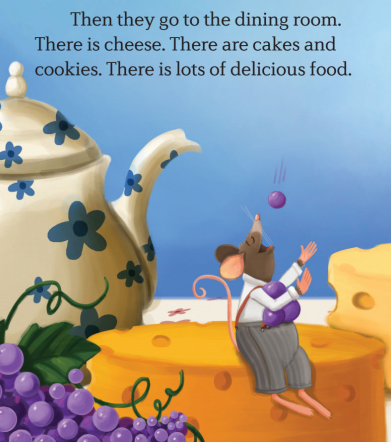
Word List
Using a picture dictionary format, each reader contains a word list of new vocabulary including a picture
and corresponding definition for easy reference.
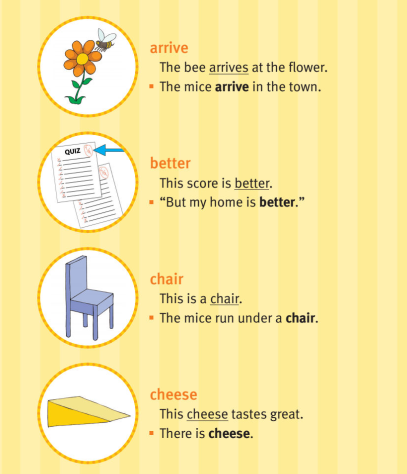
Playlet
To reinforce new vocabulary and grammar acquired from the reading, each story comes
complete with a playlet which can be used for in-class performance.
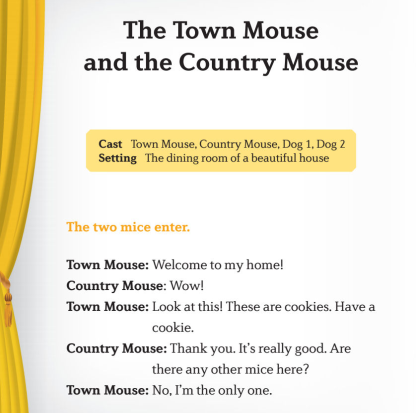

| Level1 | Level2 | Level3 |
| ? The Town Mouse and the Country Mouse ? Hansel and Gretel ? The Brave Tin Soldier ? Noah?s Ark ? Bellerophon and Pegasus ? How Red Bird Got His Color ? The Three Goats ? Two Frogs ? The Three Little Pigs ? The Selfish Giant |
? The Fir Tree ? The Elves and the Shoemaker ? How Bear Lost His Tail ? Sleeping Beauty ? Jack and the Magic Beans ? The Son Who Came Home ? The Nutcracker ? Puss in Boots ? The Woodman and the Ax ? The Trojan Horse |
? Cinderella ? Ole-Luk-Oie: The Dream God ? The Three Sillies ? Daedalus and Icarus ? The Magic Swan ? The Three Bears ?Heidi ? Hans Brinker ? Diamonds and Toads ? The Nightingale and the Rose |
| Level4 | Level5 | Level6 |
| ? The Fish and the Ring ? Beauty and the Beast ? The Prince and the Pauper ? Gulliver?s Travels ? A Little Princess ? Fairy Gifts ? The Enchanted Castle ?The Lady or the Tiger? ? The Life and Adventures of Santa Claus ? Ivan the Fool |
? Pinocchio ? The Last Lesson ? Journey to the West ? A Dog of Flanders ? King Arthur and the Black Knight ? What Katy Did ? The Legend of Sleepy Hollow ? Little Lord Fauntleroy ? The Magic Flute ? The Gift of the Magi |
? The Hunchback of Notre Dame ? The Sandman ? The Last Leaf ? The Barber of Seville ? The Hollow Needle ? Ivanhoe ? Two Years? Vacation ? The Battle of Red Cliffs from Romance of the Three Kingdoms ?Pollyanna ? The Count of Monte Cristo |
WHAT IS INTENSIVE READING (IR)?
An intensive reading course is the part of a graded reader course in which students spend time slowly and carefully reading texts. It is the language-learning strand of the course. The focus and emphasis during this part of the course should be on sound-spelling relationships, unfamiliar vocabulary, important grammatical constructs, grammatical signals that hold the text together, the organization of ideas in the text, strategy development, and detailed comprehension of texts. Texts used in IR should be more difficult than texts used for extensive reading or reading for fl uency. However, the difficulties should be specifi cally relevant to the learner?s particular stage of development and profi ciency. If necessary, explanations can be in the learners? fi rst language, but there should be a gradual shift to explanations in English when appropriate. Because of the greater degree of difficulty and
the focus on various language features in the text, texts used in IR tend to be shorter than texts used in extensive reading or reading for fl uency courses. To help keep a standard and prevent wide gapsin understanding among students, it?s suggested that teachers do IR readings together with students as a class. It?s important to approach each lesson in a series of steps specifically designed to help with intensive reading. The next few pages will cover five suggested steps in conducting a successful IR course lesson.
| 1. Warm-up | 2. Pre-reading | 3. During reading | 4. Post-reading | 5. Re-telling the story |
Related
Additional information
| Level | Full 6 levels, Level 1, Level 2, Level 3, Level 4, Level 5, Level 6 |
|---|
You must be logged in to post a review.
Related products
-
Sale!

Oxford Grammar for Schools – Itools ( Windows version) + PDF + Audio
4.00$ – 18.00$Price range: 4.00$ through 18.00$ Select options This product has multiple variants. The options may be chosen on the product page -
Sale!

Kid’s Box 2nd Updated (AmE) Presentation Plus (Windows version) + PDF(PB,AB)
6.00$ – 30.00$Price range: 6.00$ through 30.00$ Select options This product has multiple variants. The options may be chosen on the product page -
Sale!
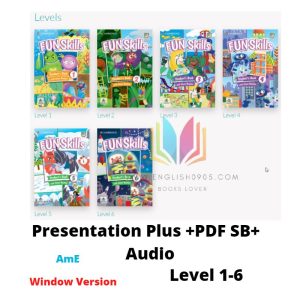
Fun skills – Presentation Plus (Window version) + PDF SB + Audio
7.50$ – 42.00$Price range: 7.50$ through 42.00$ Select options This product has multiple variants. The options may be chosen on the product page -
Sale!
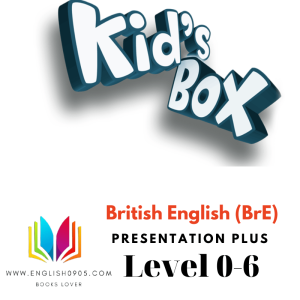
Kid’s Box 2nd Updated (BrE) Presentation Plus (Windows version) +Resources : PDF, Audio, Test
4.00$ – 33.00$Price range: 4.00$ through 33.00$ Select options This product has multiple variants. The options may be chosen on the product page


Reviews
There are no reviews yet.